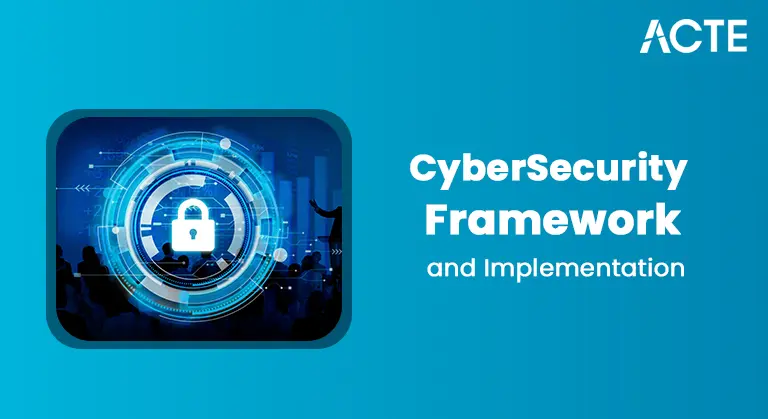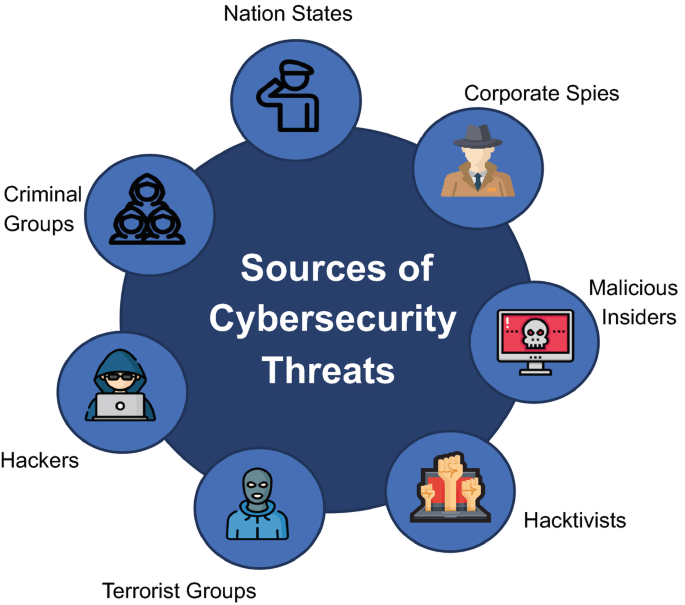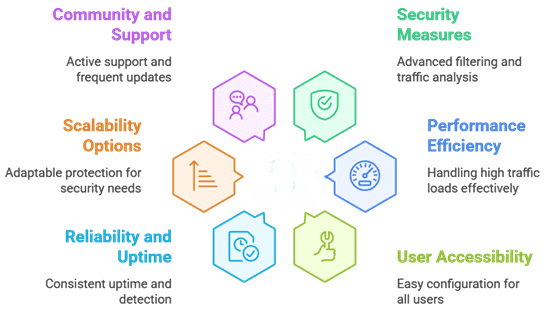
- Definition of DDoS
- How DDoS Attacks Work
- Types of DDoS Attacks (Volumetric, Protocol, etc.)
- Motivations Behind DDoS Attacks
- Tools Used by Attackers
- Symptoms of a DDoS Attack
- Mitigation Techniques
- DDoS Protection Services
Definition of DDoS
A DDoS attack in cyber security, or Distributed Denial of Service, refers to a malicious attempt to disrupt the normal functioning of a targeted server, service, or network by overwhelming it with a flood of internet traffic. This type of cyber threat involves multiple compromised systems often infected with malware being used as a group to launch the attack, making it difficult to trace and defend against. In essence, the definition of DDoS revolves around the concept of denial: preventing legitimate users from accessing online resources. It is a critical concern within both network security and cyber security, as it can cripple websites, paralyze business operations, and compromise customer trust. To effectively defend against such attacks, organizations must invest in Cyber Security Training, equipping IT teams and employees with the knowledge and skills to identify, mitigate, and respond to DDoS threats. Unlike a simple Denial of Service (DoS) attack that uses a single source, a Distributed Denial of Service amplifies the impact by using a network of infected devices, often forming what’s known as a botnet. This makes it not only harder to mitigate but also more dangerous to large-scale infrastructure like banking systems, government websites, or cloud services. As digital ecosystems continue to grow, DDoS attacks have evolved in scale and sophistication, making strong defense strategies an essential component of any organization’s cyber security posture.
Interested in Obtaining Your Cybercrime Certificate? View The Cyber Security Online Training Offered By ACTE Right Now!
How DDoS Attacks Work
- Botnet Creation: Attackers compromise and control multiple devices (called bots) using malware. These devices are spread across various locations, forming a botnet used to launch the attack.
- Target Selection: A specific server, website, or network is selected as the target. Often, the goal is to disrupt services or extort money by threatening continued attacks. Understanding web security threats and solutions is crucial in such scenarios, as it helps organizations implement effective defenses and respond proactively to malicious activities.
- Traffic Overload: The botnet sends a massive amount of fake requests or data packets to the target, overwhelming its capacity. This is the core of a denial of service attempt.
DDoS (Distributed Denial of Service) attacks are among the most common and disruptive cyber security attacks. They aim to exhaust the resources of a network or server, making it inaccessible to legitimate users. Understanding how these attacks work is crucial for implementing strong network security measures and DDoS mitigation strategies. Here’s a breakdown of how DDoS attacks typically operate:

- System Crash or Slowdown: The target becomes slow or completely unavailable to genuine users, disrupting business operations or access to services.
- Avoiding Detection: Because the traffic comes from various sources, it’s hard to differentiate between malicious and legitimate users, complicating DDoS mitigation.
- Post-Attack Analysis: Organizations use network penetration testing and forensic tools to understand the attack and strengthen defenses for future incidents, improving overall cyber security readiness.
Types of DDoS Attacks (Volumetric, Protocol, etc.)
A DDoS attack in cyber security can take several forms, each designed to exploit specific vulnerabilities within a network or system. The three primary types are volumetric attacks, protocol attacks, and application layer attacks. Volumetric attacks aim to flood the network’s bandwidth with massive volumes of traffic, such as UDP floods or DNS amplification, making legitimate access impossible. Protocol attacks, like SYN floods or fragmented packet attacks, exploit weaknesses in layer 3 and layer 4 of the OSI model, targeting server resources or networking equipment. Application layer attacks, such as HTTP floods, are more sophisticated and mimic real user behavior to crash web applications. All of these fall under the broader category of Distributed Denial of Service, where multiple compromised devices are used simultaneously to execute the attack. To build a strong foundation against such threats, professionals often refer to Learn Cyber Security Books, which provide in-depth knowledge of attack strategies and defense mechanisms. These types pose a serious threat to both network security and cyber security by disrupting services, compromising data integrity, and damaging business reputation. Understanding the types of DDoS attacks is critical for identifying vulnerabilities and preparing effective defense strategies. In the context of modern cyber security, recognizing these categories allows organizations to deploy appropriate mitigation tools and stay ahead of evolving DDoS threats.
To Explore Cybersecurity in Depth, Check Out Our Comprehensive Cyber Security Online Training To Gain Insights From Our Experts!
Motivations Behind DDoS Attacks
- Financial Gain: Attackers may demand ransom to stop the attack or may act on behalf of competitors trying to disrupt a business.
- Hacktivism: Some attacks are politically or socially motivated, targeting organizations that go against the attacker’s beliefs or ideology. In such cases, Cyber Security Training becomes essential to prepare teams for identifying and responding to ideologically driven threats with awareness and resilience.
- Corporate Rivalry: Unscrupulous companies may sponsor attacks to damage a competitor’s reputation or disrupt their services.
A DDoS attack in cyber security is rarely random; attackers often have clear motives behind their actions. These Distributed Denial of Service attacks can target businesses, governments, or individuals, and the intent may range from personal revenge to large-scale political disruption. Understanding the motivations helps strengthen network security and cyber security strategies to defend against these persistent threats.

- Revenge or Personal Grudges: Disgruntled employees, customers, or individuals may launch attacks to retaliate against a perceived wrong.
- Cyber Warfare: Nation-states or political groups may use Distributed Denial of Service tactics to destabilize critical infrastructure in other countries.
- Testing or Demonstration: Some hackers execute attacks to test their skills or showcase vulnerabilities in network security and cyber security frameworks, often without direct malicious intent.
- Unusually Slow Network Performance: Websites or applications may take much longer to load or respond, indicating that the server is overwhelmed by fake requests.
- Website or Service Outages:A sudden crash or unavailability of your website, email, or online service can point to a DDoS attack choking resources. While such attacks disrupt accessibility, integrating classical cryptographic methods like the Vigenere Cipher into educational modules can help learners understand the foundations of data protection and the importance of securing communication channels.
- Spikes in Traffic from Unusual Locations: Receiving high volumes of traffic from geographic regions where you don’t usually have users is a red flag for Distributed Denial of Service activity.
- Inability to Access Servers or Applications: Even internal teams might face trouble accessing servers or databases due to system overload.
- Increased Number of Requests Per Second: If your system is seeing thousands of requests per second beyond normal traffic levels, it may be under attack.
- Unusual Patterns in Logs and Alerts: Security logs showing repetitive, abnormal, or automated access attempts can indicate a DDoS attack in cyber security scenarios.
Tools Used by Attackers
Attackers rely on a wide range of tools and software to launch a DDoS attack in cyber security, often making it difficult for defenders to anticipate and neutralize threats in real-time. These tools are designed to overwhelm systems through various methods of Distributed Denial of Service, targeting bandwidth, server resources, or specific application vulnerabilities. Common tools include LOIC (Low Orbit Ion Cannon) and HOIC (High Orbit Ion Cannon), which flood networks with massive volumes of traffic. More advanced botnet-based tools like Mirai or Mēris leverage thousands of infected IoT devices to launch large-scale attacks, while tools like Slowloris or R.U.D.Y. exploit web servers by holding connections open for extended periods. Understanding Encryption and Decryption Concepts is also essential, as secure data handling during and after such attacks can prevent unauthorized access and protect sensitive information. These programs often require little technical expertise, making them accessible even to novice hackers. Many of these tools also offer anonymity features to hide the attacker’s identity, further complicating detection. The growing availability of such resources on the dark web intensifies the threat landscape for both network security and cyber security professionals. To effectively counter these risks, organizations must implement robust DDoS protection measures, monitor traffic patterns closely, and stay updated on emerging tools that enable Distributed Denial of Service attacks in the evolving world of cyber security.
Looking to Master Cybersecurity? Discover the Cyber Security Expert Masters Program Training Course Available at ACTE Now!
Symptoms of a DDoS Attack
Detecting a DDoS attack in cyber security early can help minimize damage and restore services faster. These attacks, known as Distributed Denial of Service, often disrupt services by overwhelming systems with excessive traffic. Recognizing the symptoms is essential for effective response and strengthening network security and cyber security defenses.
Mitigation Techniques
Effective mitigation techniques are essential to defend against a DDoS attack in cyber security, as these attacks can severely disrupt operations and damage a company’s reputation. Distributed denial of service attacks aim to flood networks, servers, or applications with excessive traffic, making them unavailable to legitimate users. To combat this, organizations must adopt a multi layered approach to network security and cyber security. One of the most effective techniques is traffic filtering, which identifies and blocks malicious traffic while allowing genuine users to access the service. Rate limiting helps control the number of requests a server accepts over a specific period, reducing the chances of overload. While it’s a common defense against DDoS attacks, understanding broader system vulnerabilities like those discussed in Intro To What Is Jailbreaking in Cyber Security can provide deeper insight into how attackers bypass protections and exploit system weaknesses. Using Web Application Firewalls (WAFs) and intrusion prevention systems (IPS) adds another layer of protection by inspecting incoming traffic for suspicious patterns. Cloud-based DDoS protection services offer scalability and can absorb high volumes of traffic during an attack, keeping services operational. Network redundancy and load balancing distribute incoming traffic across multiple servers, preventing a single point of failure. Regular updates, patching vulnerabilities, and conducting network security and cyber security audits ensure that systems remain resilient. Additionally, deploying real-time monitoring tools helps organizations detect anomalies early and respond quickly to minimize the impact of a DDoS attack in cyber security.
Preparing for Cyber Security Job Interviews? Have a Look at Our Blog on Cyber Security Interview Questions and Answers To Ace Your Interview!
DDoS Protection Services
DDoS protection services play a vital role in strengthening network security and shielding organizations from one of the most common and disruptive cyber security attacks Distributed Denial of Service (DDoS). These services are designed to detect, absorb, and deflect large volumes of malicious traffic before it reaches critical systems. By using a combination of traffic analysis, rate limiting, content delivery networks (CDNs), and global scrubbing centers, DDoS protection services help ensure uptime and reliability during an attack. One of the key features is real-time monitoring, which identifies unusual traffic spikes and initiates automatic DDoS mitigation measures. However, these tools are most effective when combined with Cyber Security Training, which empowers staff to recognize early warning signs and coordinate an informed response to evolving threats. Advanced services also provide behavioral analytics to differentiate between legitimate users and attack traffic. For organizations with sensitive or mission-critical systems, integrating these services with network penetration testing helps proactively identify vulnerabilities and improve defenses before an attack occurs. In addition to mitigating denial of service threats, these services often include protection against other layers of cyber security attacks, such as application-layer intrusions or protocol exploits. As DDoS attacks grow in frequency and complexity, relying on professional protection services becomes not just a best practice, but a necessity for any business that values operational continuity and strong network security posture.




